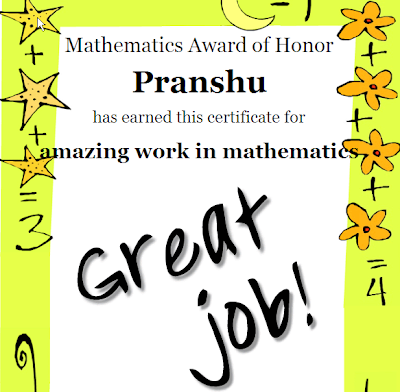Dear students ,
Watch this video and do the activity.

Aim
To find the area of a circle of given radius by paper folding,cutting and pasting.
Material Required
Coloured Paper
Pair of scissors
Fevistick/glue
Geometry Box
Method
Step 1 Cut a circle of given radius from the coloured paper.
Step 2 Divide the circle into 16 equal parts by paper folding.
Step 3 Cut 16 parts and arrange them to form a parallelogram.
Step 4 Take the last cutout and again divide it into 2 equal parts.
Step 5 Arrange the 2 parts and the shape in step 3 so that a rectangle is formed.
Step 6 Measure the length & breadth of the rectangle & calculate its area.
Observation
We observe that the cutouts of the circle are arranged to form a rectangle.
The length of the rectangle is equal to half of the circumference of the circle and breadth of the rectangle is equal to the radius of the circle.
The area of the circle is calculated using the formula of area of the rectangle.
Result
Length of Rectangle =____________________
Breadth of Rectangle=___________________
Area of Rectangle = ___________________
So, the Area of Circle = _________________

 .
.



